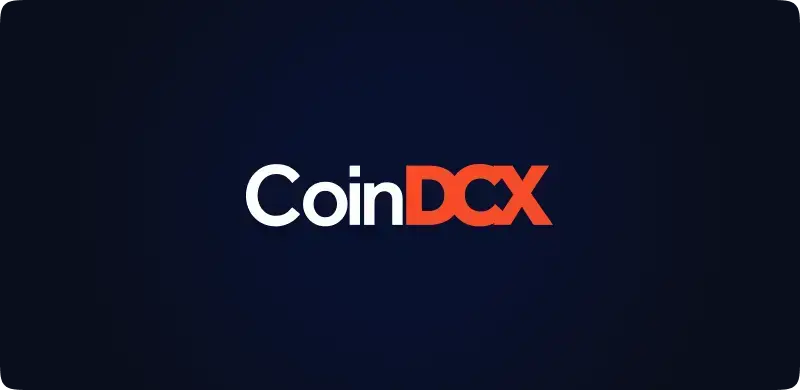Table of Contents
ToggleAs crypto markets mature, understanding “spread” i.e. the difference between buying and selling prices of crypto assets and why this occurs is critical for all traders and investors. Before we dive in, here are a few basic definitions:
Background
Bid Price
The bid price represents the maximum amount one is willing to pay for a particular crypto asset at the current moment.
Ask Price
The ask price represents the minimum amount someone is willing to accept for a particular crypto asset at the current moment.
For example:
- Last Trade Price: 101
- BID: 100
- ASK: 102
In this scenario, buyers aim to purchase the token at a maximum of 100, while sellers demand a minimum of 102. Placing an Instant order means accepting the seller’s listed price of 102. Alternatively, a limit order set at 100 allows buyers to specify their desired purchase price, with execution contingent on the market price falling below this level.
Spread
The spread represents the difference between a particular crypto asset’s bid and ask prices.
For example:
Crypto asset: SOL/INR
Best BID: ₹1,861
Best ASK: ₹1,883.50
Spread: 22.5 i.e. (₹1883.50 – ₹1861)
Depending on multiple factors, this spread or difference in buy & sell price can be higher or lower.
What Causes Spread Fluctuations?
Crypto trading exchanges are complex systems that need strong engineering. At CoinDCX, we’ve built a platform designed to handle India’s significant demand for trading volumes.
While we try to keep the orders book liquid, various external factors can influence spreads, not just in crypto markets but also in equity markets.
- High volatility
High volatility, especially among small market cap tokens, can impact liquidity, resulting in differences between the Last Traded Price (LTP) and the Final Execution Price (FEP).
If markets are liquid, (LTP) is near (FEP). If the markets are illiquid or volatile, (LTP) and (FEP) may differ by a few or many percentage points. This gap may also vary depending on the crypto asset’s order size and depth.
- Fees & TDS
As per law, 1% TDS is deducted for all crypto sell transactions. Click here to learn more about TDS.- When you buy a crypto asset: You pay the buying amount + fees
- When you sell a crypto asset: You get the selling amount – fees – 1% TDS
This means that one must keep in mind the additional costs that will be deducted (Fees + TDS), to make a profit for their sale.
For example:
- When a user buys 1 SOLINR @ 1861, they pay 1861 plus fees (assuming 0.5% on value), totaling 9.30 INR, making the total 1,870.31 INR.
- When they sell 1 SOLINR @ 1883.50, they receive 1883.50 minus fees (0.5% on value) minus TDS (Tax Deducted at Source) of 18.74 INR, totaling 1,855.34 INR.
- This results in a loss of 14.97 INR [(1870.31 – 1855.34) * 1].
So, if the cost is 1% plus fees, the spread automatically increases for market participants, as buyers and sellers adjust prices to cover these trading costs.
- Low Liquidity
Low liquidity in crypto trading means fewer people are buying and selling, leading to bigger price differences between what buyers want to pay and what sellers want to sell for. This makes trading more expensive due to higher spreads, on top of regular fees. Liquidity, or how easily you can trade without affecting price, depends on supply and demand. More demand and ample supply make trading smoother, while less demand and scarce supply cause more price jumps. Liquidity changes with market mood, news, and tech updates, but can’t be directly controlled. Exchanges try to improve it with incentives like lower fees for those providing liquidity, but overall, the market’s collective behavior sets liquidity levels.- High Liquidity Scenario:
- Bid price: ₹5000
- Ask price: ₹5010
- Spread: ₹10
- Low Liquidity Scenario:
- Bid price: ₹5000
- Ask price: ₹5100
- Spread: ₹100
- High Liquidity Scenario:
Key Points:
- High liquidity = Smaller spread (₹10), lower churn ratio.
- Low liquidity = Larger spread (₹100), higher trading costs
Understanding the spread in crypto markets is crucial for all investors and traders. By grasping the factors that influence liquidity and spread, such as market volatility, fees & TDS, and trading volume, we hope you can make more informed decisions and navigate the crypto markets more effectively. In case of any queries, please reach out to us at support.staging-blogcoindcxcom.kinsta.cloud
Happy Trading!
Regards,
Team CoinDCX
Related posts
Understanding the Different Types of Cryptos: Coins, Tokens, Altcoins & More Explained
Explore the major types of crypto assets and their unique roles.
Read more
PAWS Telegram Game: The New Tap to Earn Game That Is Beating Hamster Kombat
Discover how to play and earn with PAWS Telegram game.
Read more


